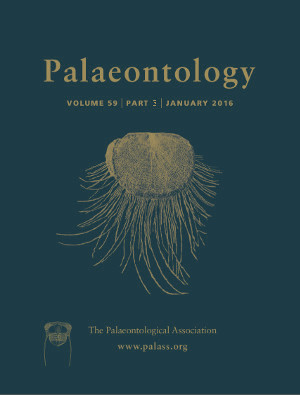Reg. Charity No. 1168330

Reconstructing ecological niche shifts during ontogeny in extinct animals with no living analogues is difficult without exceptional fossil collections. Here we demonstrate how a previously identified ontogenetic shift in the size and shape of the dentition in the early Toarcian ichthyosaur Stenopterygius quadriscissus accurately predicts a particular dietary shift. The smallest S. quadriscissus fed on small, burst‐swimming fishes, with a steady shift towards faster moving fish and cephalopods with increasing body size. Larger adult specimens appear to have been completely reliant on cephalopods, with fish completely absent from gut contents shortly after onset of sexual maturity. This is consistent with a previously proposed ontogenetic niche shift based on tooth shape and body size, corroborating the idea that dental ontogeny may be a useful predictor of dietary shifts in marine reptiles. Applying the theoretical framework used here to other extinct species will improve the resolution of palaeoecological reconstructions, where appropriate sample sizes exist.